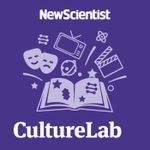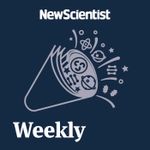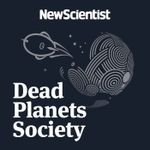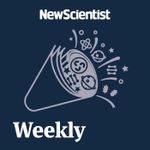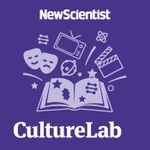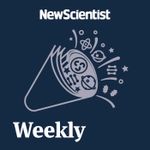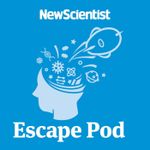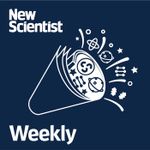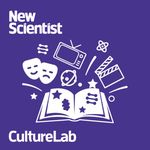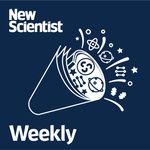#195 Breakthrough in suspended animation; treatment using stem cells from umbilical cord; moon dust threat
Suspended animation - the stuff of science-fiction, or a real-world solution to surviving long voyages into deep space? Actually it’s neither, but researchers have now successfully induced hibernation in mice and rats, suggesting that the same may be possible for humans... The team explores what this could mean for future medical treatments.
Sand martins – known as bank swallows in North America - have returned to their breeding grounds. Ornithologist Bill Haines takes Rowan under his wing at the London Wetland Centre and introduces him to these remarkable tunnel-digging birds…
Wharton earth…? New research shows that Wharton Jelly, the stem-cell-rich goo found in umbilical cords can have important therapeutic benefits for those suffering from certain autoimmune diseases. The team discusses its recent success in treating Type 1 Diabetes.
The Clarion-Clipperton Zone, deep in the Pacific Ocean, is of great interest to biologists and industrialists alike, as it is home to thousands of previously-unknown marine species… and replete with the likes of nickel, cobalt, copper, titanium and rare earth elements. As Matt explains, many of these species could be lost to deep-sea mining before we have a chance to discover them all.
Finally, the team discusses a major nuisance to lunar travel: moon dust! Moon landings will kick up millions of these tiny, razor-sharp particles, even blasting them out of lunar orbit where they could pose a risk to orbiting space stations.
On the pod are Rowan Hooper, Chelsea Whyte, Michael Le Page, Alexandra Thompson and Matt Sparkes.
To read more about the stories, subscribe at newscientist.com/podcasts.
Hosted on Acast. See acast.com/privacy for more information.
